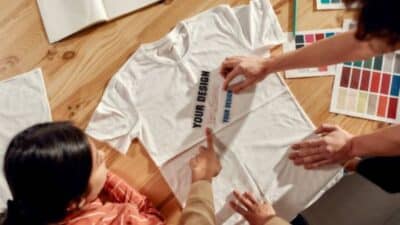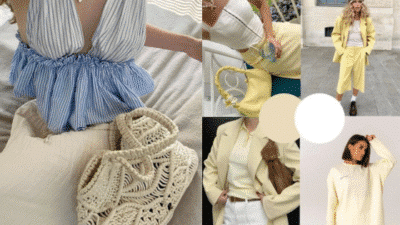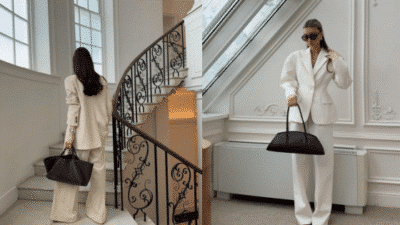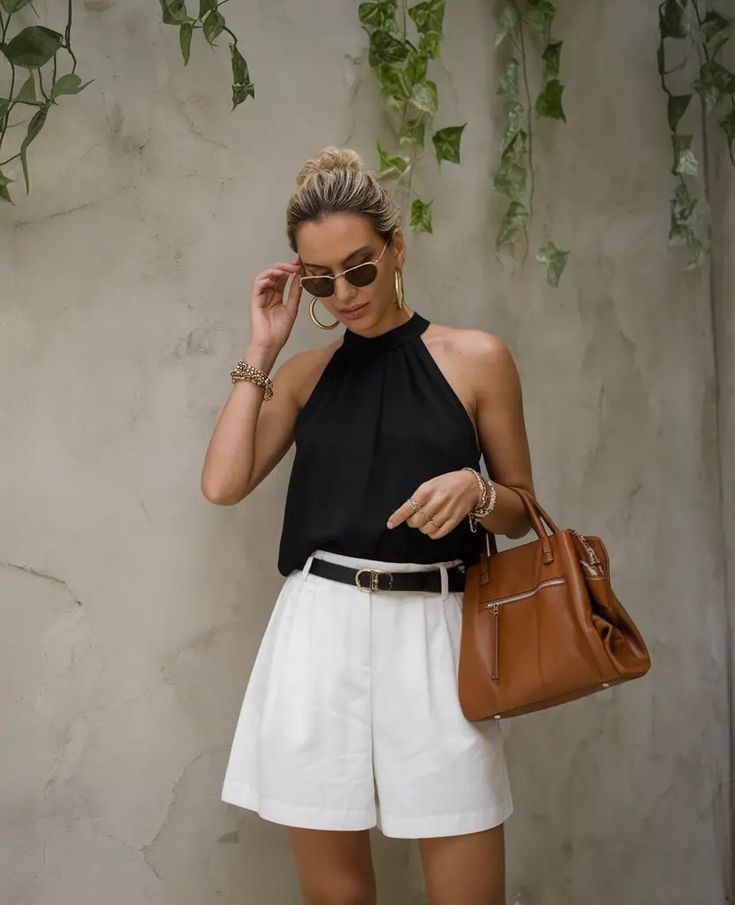

Minimalist summer outfits focus on simplicity, comfort, and timeless pieces that work well together. These outfits use a few carefully chosen items to create clean, stylish looks that keep you cool and confident all season.
The goal is to avoid overcomplicating your wardrobe with too many colors or patterns. Instead, sticking to neutral tones and lightweight fabrics makes dressing easy and efficient.
Minimalist outfits can be adapted for different occasions, from casual days to more formal events, by mixing and matching a small number of versatile items. This approach saves time, money, and reduces wardrobe clutter.
Key Takeaways
- Minimalist summer outfits rely on simple, versatile clothing.
- Neutral colors and lightweight fabrics make dressing easier.
- Small selections of key pieces work for many occasions.
Essential Elements of Minimalist Summer Outfits
Minimalist summer outfits focus on a few key pieces, simple colors, and functional design. The choices revolve around what can be mixed and matched easily, and what fabrics keep the wearer cool.
Key Wardrobe Staples


Minimalist summer wardrobes usually include timeless basics. Items like plain white t-shirts, light tank tops, and simple shorts form the foundation. A well-fitted pair of jeans or linen pants can substitute for shorts when needed.
Dresses and skirts with clean lines and no extra details work well. Lightweight cardigans or blazers are useful for cooler evenings. Footwear stays simple, usually sandals, white sneakers, or slip-ons.
Accessories are minimal too. A single watch, a pair of sunglasses, and a simple bag complement the look without clutter.
Color Palettes and Fabrics


Neutral colors dominate minimalist summer styles. Whites, beiges, soft greys, and navy blues are common. These colors mix and match without making the outfit busy.
Fabrics focus on breathability and comfort. Cotton, linen, and light blends allow air flow and keep the body cool. Avoid heavy materials or anything that traps heat.
Patterns rarely appear, and if they do, they stay very subtle. This keeps the outfit clean and easy to coordinate. The main goal is simplicity and practicality.
Versatility and Functionality


Each piece in a minimalist summer wardrobe serves more than one purpose. A shirt worn to work should look good for casual outings too. Clothes need to transition easily from day to night.
Comfort is a priority alongside style. Clothes should allow movement and not irritate in hot weather. Pockets, adjustable straps, and easy-care fabrics add to usefulness.
Minimalism means fewer items but better choices. Each piece should fit well, last a long time, and suit different occasions without extra effort.
Building a Minimalist Summer Capsule Wardrobe
A good minimalist summer wardrobe focuses on pieces that work well together. It includes timeless items, versatile basics, and light layering options to stay comfortable.
Selecting Timeless Pieces


Timeless pieces form the base of a minimalist summer wardrobe. Look for simple shapes like a white button-up shirt, tailored shorts, and a classic linen dress. Neutral colors such as beige, white, navy, and soft pastels are best because they don’t go out of style.
Quality matters more than quantity. Durable fabrics like cotton, linen, and lightweight wool last longer and keep the wearer cool. Avoid overly trendy items that may only work for a season.
Mixing and Matching Basics

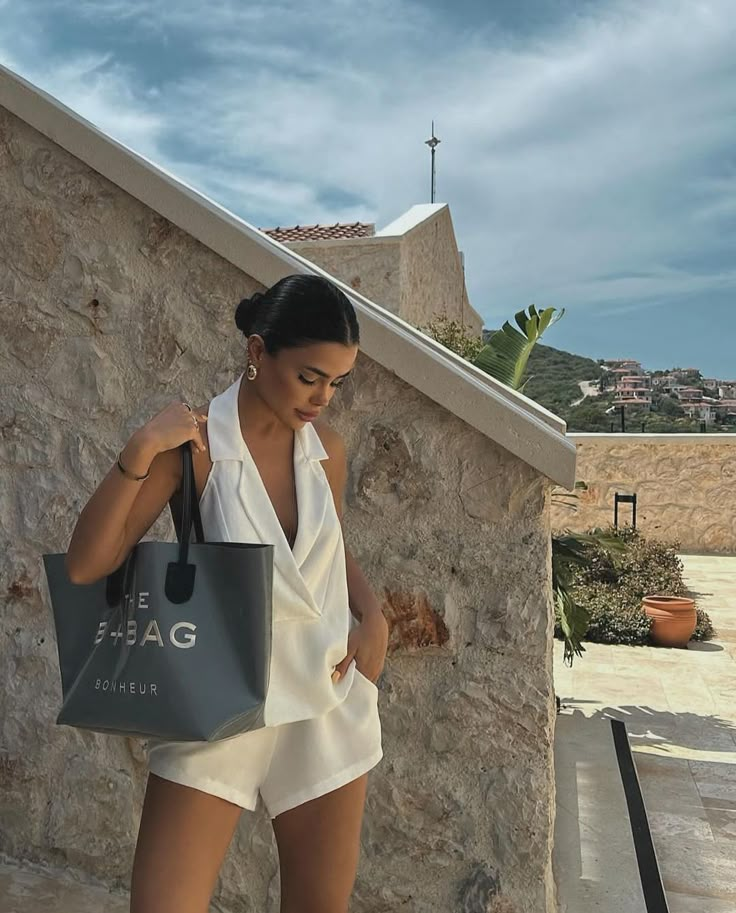
Mixing basics creates many outfit options without extra clothes. For example, a plain tee, denim shorts, and a lightweight cardigan can be combined in different ways. Stick to a color palette of three or four colors to make matching easier.
Simple accessories like a straw hat or minimal jewelry add variety without clutter. Clothes should fit well and be comfortable for hot weather. Versatile footwear, such as sandals or low-profile sneakers, completes the look.
Seasonal Layering Strategies


Even summer can have cool mornings or evenings. Layering light pieces helps adjust to temperature changes. A thin cotton jacket or a loose button-up shirt works well.
Layer clothes that can easily be removed or added. Avoid heavy fabrics. Sheer scarves or light cardigans are practical choices. This approach adds style and comfort without breaking the minimalist goal.
Minimalist Outfit Ideas for Various Occasions
Minimalist summer outfits focus on clean lines, simple colors, and versatile pieces. Each outfit can be adjusted for comfort, style, and function depending on where someone is going or what they need to do.
Casual Daywear Looks


Casual summer outfits should be light and breathable. A plain white t-shirt paired with high-waisted linen pants or denim shorts works well. Neutral colors like beige, gray, or soft pastels keep the look simple.
Footwear like white sneakers or simple sandals complements the outfit without making it busy. Accessories should be minimal — perhaps a thin gold necklace or a leather watch.
Layers like a lightweight cardigan or an oversized shirt can add style and protect from the sun. This look prioritizes comfort but stays polished.
Effortless Work Outfits


Workwear in summer needs to balance professionalism and staying cool. A structured, sleeveless blouse with tailored trousers fits most office dress codes. Choose breathable fabrics like cotton or lightweight blends.
Neutral colors such as navy, white, black, or taupe offer flexibility. Minimalist loafers or closed-toe flats complete the outfit while maintaining a neat appearance.
A simple blazer or a sleek belt can add subtle sharpness. Avoid heavy patterns or cluttered details to keep it appropriate and clean.
Evening and Social Ensemble Inspiration


Evening outfits stay minimalist by focusing on fit and material. A black slip dress or a simple jumpsuit is an easy choice. These pieces are versatile and can be accessorized lightly.
Add delicate jewelry like thin bracelets or small hoop earrings. Shoes such as block heels or minimalist sandals elevate the look without overshadowing it.
A clutch or crossbody bag in a neutral shade finishes the outfit. Choosing smooth fabrics like silk or satin enhances the style without extra embellishments.
Accessorizing Minimalist Summer Looks
Minimalist summer outfits work best with simple, practical accessories that add style without clutter. The right choices in jewelry, shoes, and bags can keep the look clean and functional while enhancing comfort.
Choosing Subtle Accessories


Minimalist accessories should be low-key yet elegant. Thin gold or silver chains, small hoop earrings, or simple stud earrings work well. Avoid chunky or overly bright pieces.
Watches with clean designs or leather straps fit minimalist style. Bracelets should be delicate or thin bangles. These pieces add a touch of class without drawing too much attention.
Colors like beige, white, black, and soft pastels match well with neutral summer outfits. The goal is to complement the clothes, not compete with them.
Footwear for Minimalist Outfits


Shoes should be straightforward and comfortable. Flat sandals, slip-on loafers, or simple white sneakers work best. Avoid shoes with heavy patterns or a lot of straps.
For sandals, plain leather or rubber styles are ideal. They keep feet cool and fit minimalist vibes. Sneakers should have clean lines and limited branding.
Neutral colors like black, tan, white, or gray pair nicely with almost any minimalist summer outfit. Comfort is key, so breathable materials like canvas or leather are preferred.
Functional Bags and Hats


Bags should be small to medium-sized with simple shapes. Crossbody bags, tote bags, or small backpacks in solid colors are good choices. Avoid large logos or extra decorations.
Hats like straw fedoras or plain baseball caps protect from the sun and add a finishing touch. Choose neutral tones or soft colors to keep the look calm.
Function and simplicity guide these accessory choices. They keep summer outfits practical while adding subtle style.
Sustainable and Ethical Choices
Choosing materials and brands wisely can make minimalist summer outfits better for the environment and fair to workers. The right fabric and company choices reduce waste and pollution while supporting good working conditions.
Eco-Friendly Fabrics


Natural fibers like organic cotton, linen, and hemp are popular for summer clothes because they breathe well and break down easily after use. These materials usually need less water and fewer chemicals compared to regular cotton or synthetic fabrics.
Recycled fabrics, such as recycled polyester, help cut down on plastic waste. They reuse plastic bottles or old clothes, turning them into new textiles. This lowers the demand for new resource use and reduces landfill waste.
Key eco-friendly fabric types:
- Organic cotton: grown without pesticides
- Linen: made from flax, uses less water
- Hemp: strong, durable, and grows quickly
- Recycled polyester: made from plastic waste
Choosing these fabrics supports a smaller environmental footprint.
Supporting Conscious Brands


Brands that focus on ethical production provide fair wages and safe work conditions. Many use transparent supply chains to show where and how their clothes are made.
Shoppers can look for certifications like Fair Trade, GOTS (Global Organic Textile Standard), or B Corp to identify companies that meet high social and environmental standards. These certifications ensure respect for workers and better environmental care.
Supporting smaller, local brands can also reduce the carbon footprint tied to shipping and large-scale production. These brands often prioritize quality and slow fashion rather than mass production.
Styling Tips for a Cohesive Minimalist Aesthetic
Keeping a minimalist look neat and intentional depends on key details. Thoughtful choices about fit and fabric help outfits feel put together without extra effort.
Balancing Proportions


Balancing proportions is essential in minimalist outfits to avoid looking bulky or sloppy. If someone wears loose or wide-leg pants, pairing them with a fitted top helps maintain shape and prevents the outfit from overwhelming the body.
For example, cropped, slim-fit pants look balanced with a slightly oversized but structured blouse. The contrast between the top and bottom creates clean lines.
Simple dresses or skirts benefit from layering with a tailored jacket or belt to define the waist. The goal is to keep the silhouette streamlined, avoiding too much volume in one area.
Incorporating Textures


Texture adds subtle interest to minimalist outfits without clutter. Mixing soft cotton with linen or smooth leather introduces depth while keeping the look clean.
For instance, pairing a crisp white cotton shirt with a linen skirt brings a fresh summer vibe. Adding suede sandals or a woven bag can enhance texture without overpowering simplicity.
Choosing fabrics with natural finishes prevents the outfit from appearing flat. Combining matte and slightly shiny materials works well, but sticking to a similar color palette keeps it cohesive.
Common Mistakes to Avoid in Minimalist Summer Dressing


One common mistake is choosing too many colors. Minimalist outfits work best with a simple palette of two or three colors. Using too many colors can make the outfit look cluttered.
Another issue is picking heavy fabrics. Summer clothes should be light and breathable. Thick fabrics will make the wearer uncomfortable in hot weather.
Many people forget about fit. Clothes should fit well, not too tight or too loose. Proper fit keeps the look clean and polished.
Some try to add too many accessories. Minimalism means keeping accessories to a minimum. One or two simple pieces work better than lots of jewelry or bold items.
Ignoring texture is also a mistake. Even a simple outfit needs some variety, like mixing cotton with linen. This adds interest without losing minimalism.
Finally, people often pick complicated designs. Minimalist summer outfits should avoid heavy patterns and extra details. Plain and simple shapes are best.
- 240shares
- Facebook0
- Pinterest240
- Twitter0

